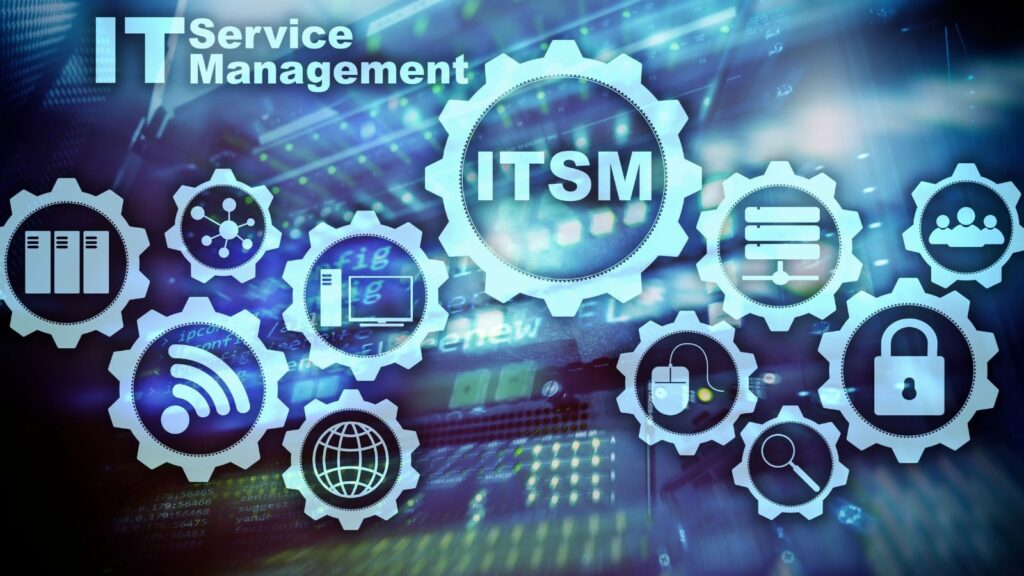In the ever-evolving world of business, staying ahead of the curve is a must. A key player in this game of constant progression is enterprise technology solutions. They’re the silent gears that keep the corporate world spinning, enabling businesses to streamline their operations and maximize efficiency.
These solutions are like a master key, unlocking potential across various sectors. From finance to human resources, supply chain to customer relationship management, there’s no area untouched by the transformative power of enterprise technology. But what exactly are they? How do they work, and more importantly, how can they drive your business forward? Let’s dive in and explore.
Enterprise Technology Solutions
Enterprise technology solutions encapsulate a collection of integrated, scalable software tools that support the core business processes within an organization. Designed to introduce automation, reduce manual labor, and improve decision-making processes, these solutions have become an integral part of both large corporations and small-medium enterprises.

Unveiling the architecture of enterprise technology, it comprises several pivotal elements.
- Enterprise Resource Planning (ERP) systems streamline business processes across departments, from procurement and inventory handling, exemplified by warehousing, to accounting, demonstrated by budgeting and forecasting.
- Customer Relationship Management (CRM) systems offer a centralized platform for managing interactions and relationships with customers, leading to improved customer service levels and loyalty. Case in point, sales activity tracking and customer segmentation.
- Supply Chain Management (SCM) systems monitor and control the flow of goods, information, and finances within a supply chain, hence boosting the efficiency. Thus, activities like order fulfilment and demand planning come under its aegis.
- Human Resource Management (HRM) systems simplify managing the workforce details and processes such as recruitment and training, performance management, employee record maintenance, and more.
The Role of Cloud Computing in Enterprise Environments
Shifting the focus to another integral part of enterprise technology solutions – cloud computing, it’s important to understand its core role in enterprise environments. Part and parcel of a modern business’s tech stack, cloud computing offers several advantages in terms of scalability, mobility, and cost-efficiency. Moreover, a range of comprehensive solutions are offered by various cloud service providers in the digital marketplace, contributing to the expanding cloud footprint in the business realm.

Cloud computing garners an undeniable appeal for its proven benefits. Its capacity for scalability means businesses only use resources they need, maximizing efficiency. Mobility, another defining feature of cloud-based solutions, allows employees access from anywhere, catalyzing productivity even when physically away from the office. Cost stands as yet another salient advantage. With reduced hardware requirements and minimized operational expenditures, businesses find cloud computing an enriching investment. Furthermore, many cloud solutions present extensive customization options, tailoring software or services to meet unique business needs.
Enterprises aren’t limited in their choice of cloud service providers. Companies can select from an array of reputable providers, each offering distinct solutions. Leaders within the sector that stand out include Amazon Web Services (AWS), Microsoft Azure, and Google Cloud Platform (GCP).
Security Challenges in Enterprise Technology
As businesses continue to leverage advanced technologies and cloud services, they face an array of security challenges. These hurdles stem from the potent risks and threats potentially crippling crucial aspects of enterprise operations.

A multitude of threats lurk in the digital realm, disrupting enterprise technology ecosystems.
- Cyber Attacks: Hacker activities loom large over enterprise technologies. Examples include malware, ransomware, DDoS attacks, and phishing.
- Insider Threats: These originate from disgruntled or careless employees within the organization, unknowingly exposing sensitive data.
- Third-Party Risks: External services or vendors connecting to the enterprise’s network raise the potential for security compromises.
- Misconfiguration: Incorrect configuration of cloud services or applications amplifies the risk of unauthorized access.
- Data Breaches: Unauthorized access to sensitive data constitutes one of the most damaging threats to enterprise technologies.

